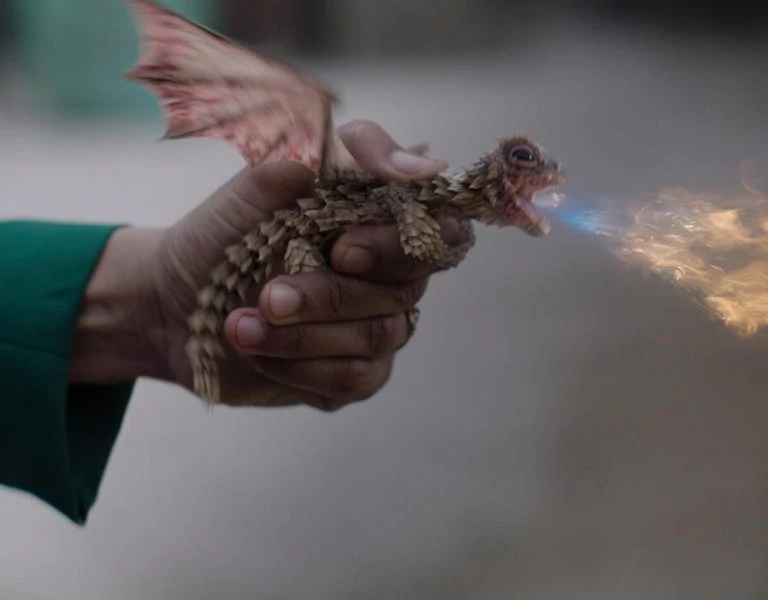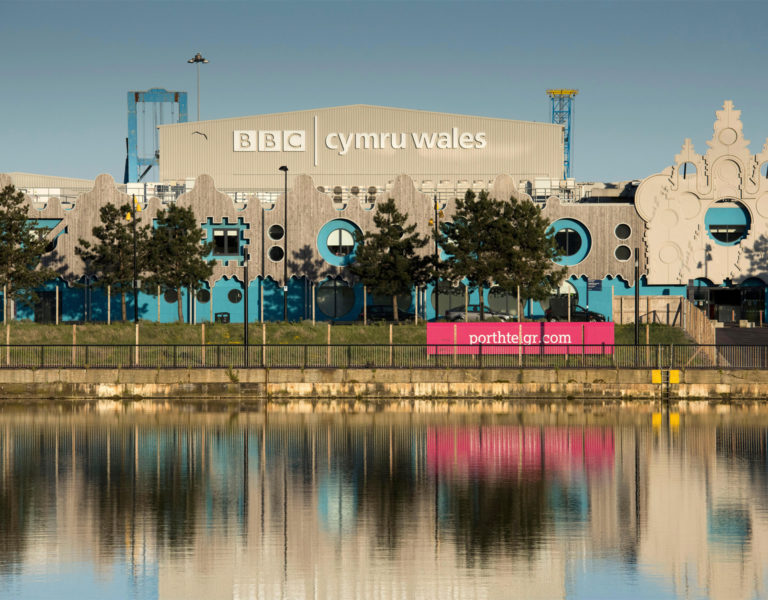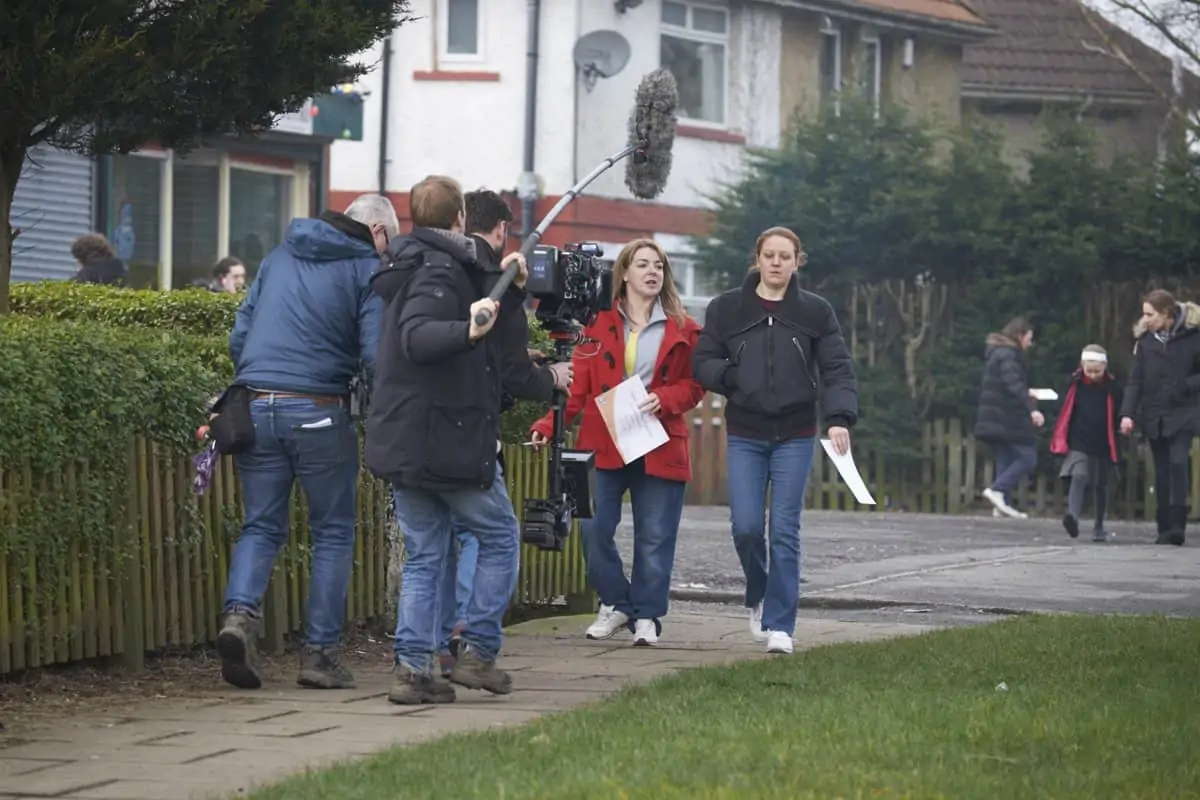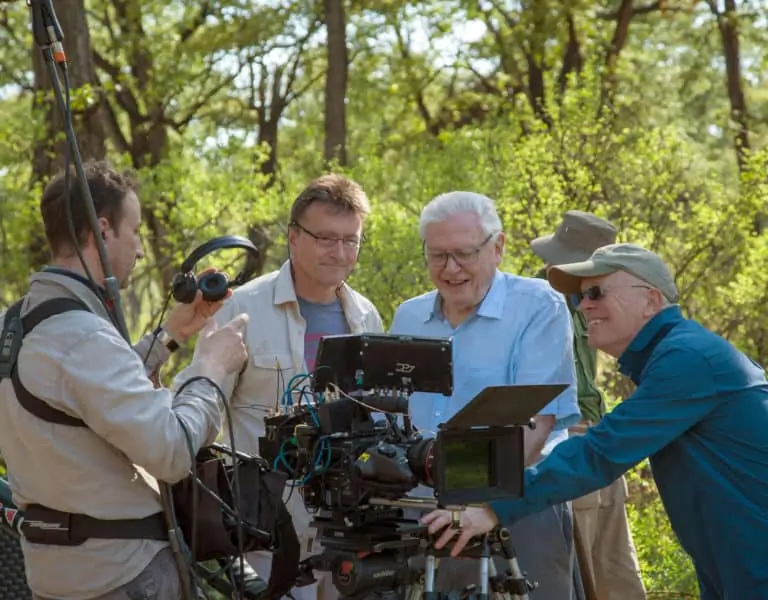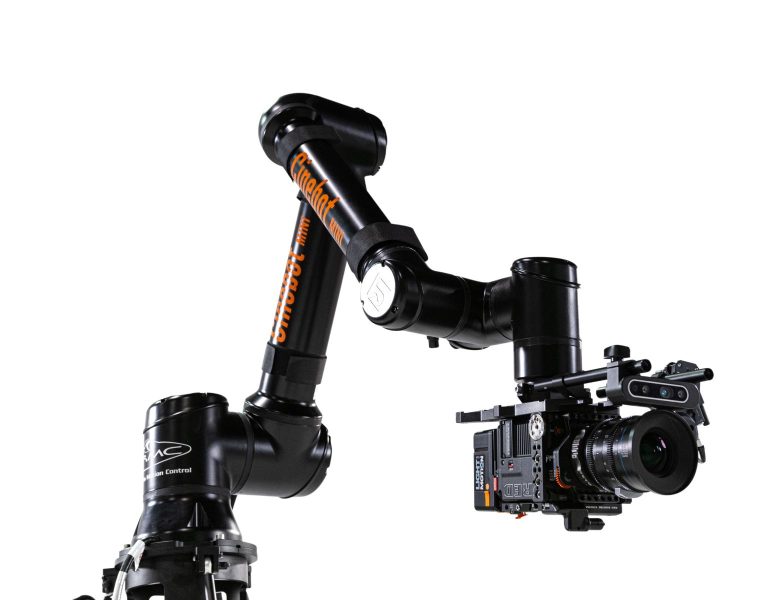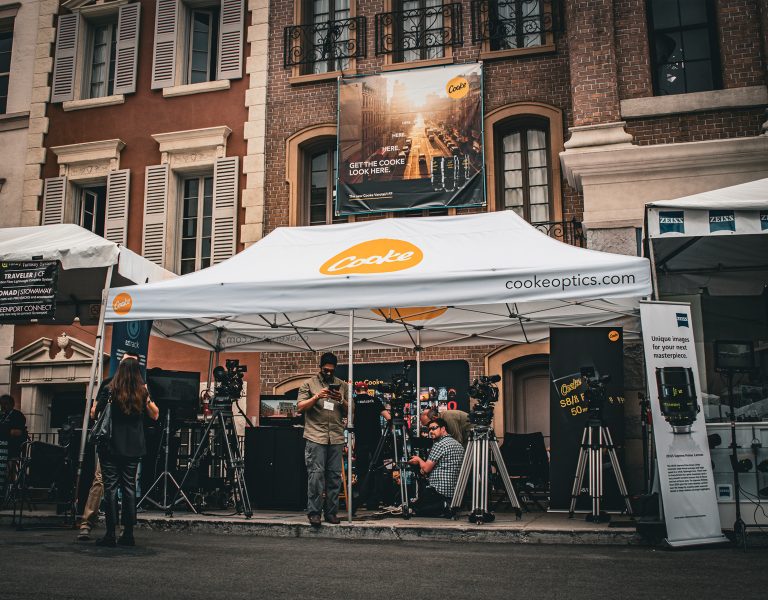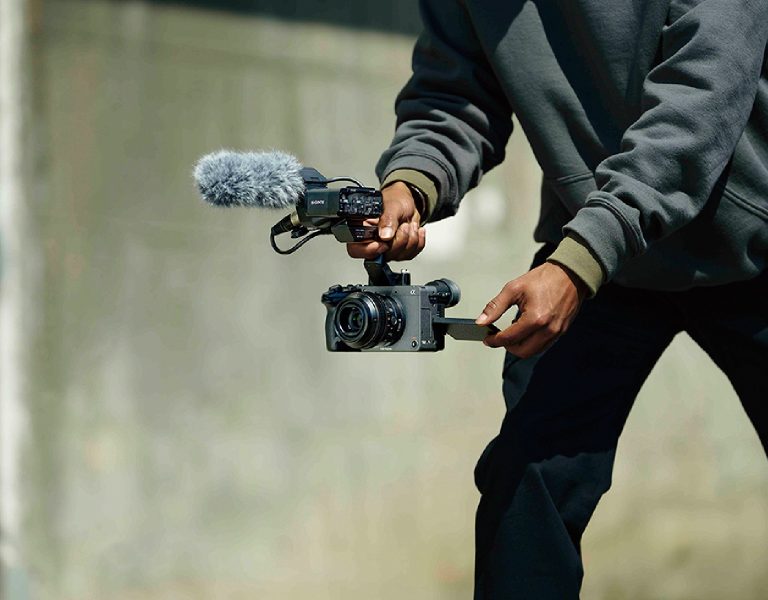
Written, created by, and staring Nicôle Lecky, Mood, is the 6-part TV adaptation of Lecky’s one-woman stage play ‘Superhoe’. Produced by Bonafide, the series is currently on BBC Three.
The series follows Sasha, a twenty-something who dreams of becoming a musician but finds herself seduced by the world of social media influencers and the dark side that comes with it.
Colourist Toby Tomkins worked with Director Dawn Shadforth and Cinematographer Molly Manning-Walker to set the look for the series. The team worked to dramatically separate the two opposing worlds of main character Sasha – played by Lecky – striking a balance between a more gritty look to anchor the darker sides of Sasha’s story, and a more vibrant look to reflect her influencer universe.
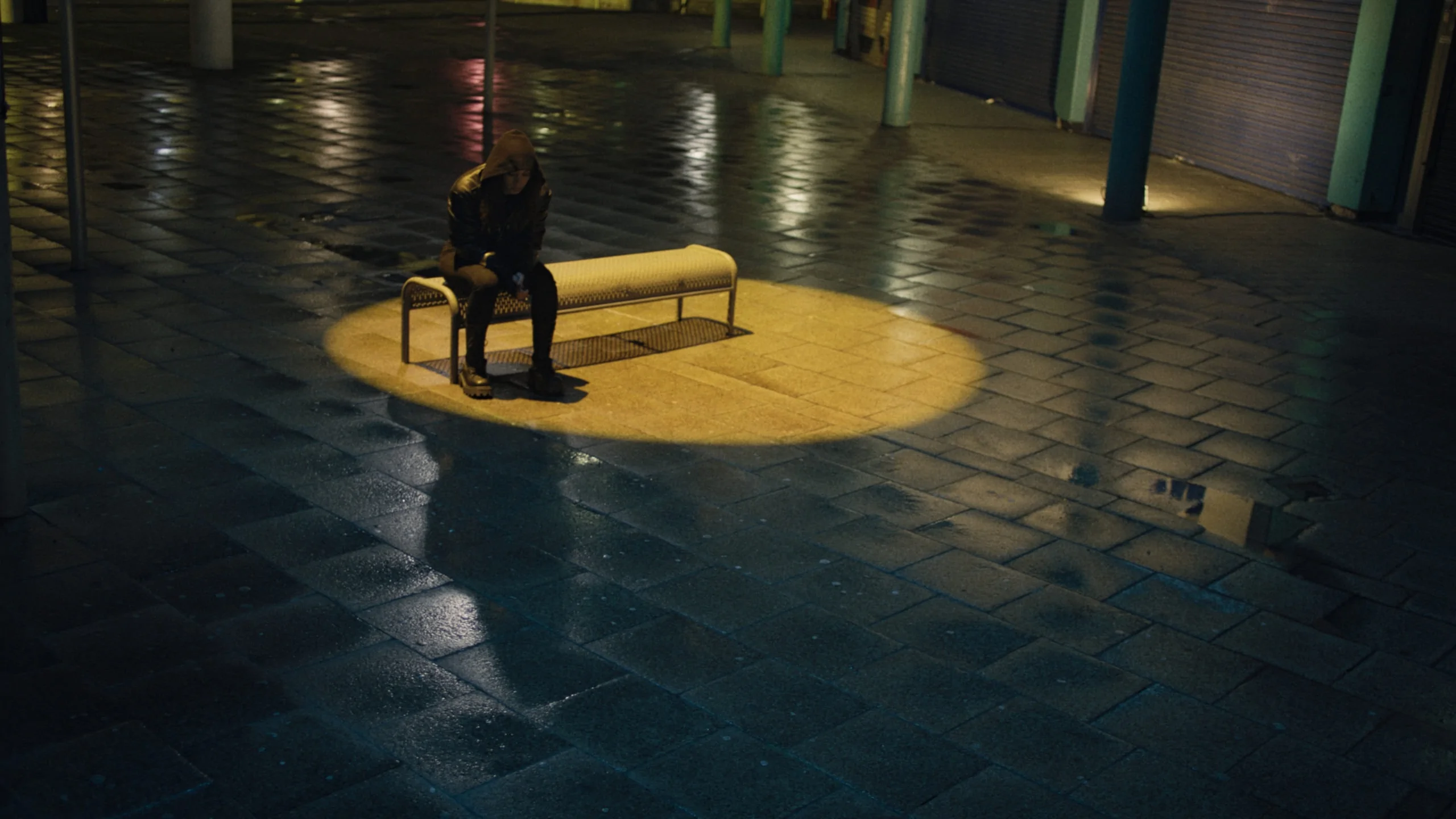
Sitting between the real world scenes in every episode are two fantasy music videos, which proved a unique challenge for Toby and meant he could call upon his disparate experiences of grading for authenticity for the narrative elements with grading for music videos, where there is a little more creative license.
Tomkins comments: “It was really fun to use my experience from grading music videos to inform the fantasy music video segments and then switch hats to grade the rest of the show with more naturalism and authenticity, heightening the emotion where I could with the look and trying to maintain a consistent ‘world’ for the story.”
DP Manning-Walker comments: “Dawn and I wanted to create a world that sat somewhere between Instagram and reality. Sasha slowly slips into an Instagram-filtered world. As she does so we realise how bleak it can get. The piece was really built for performance so we shot and lit 360. Toby and I worked really hard on keeping it colourful but dark. We shot on PVintage lenses at T1 to try and create a fake large format look.”
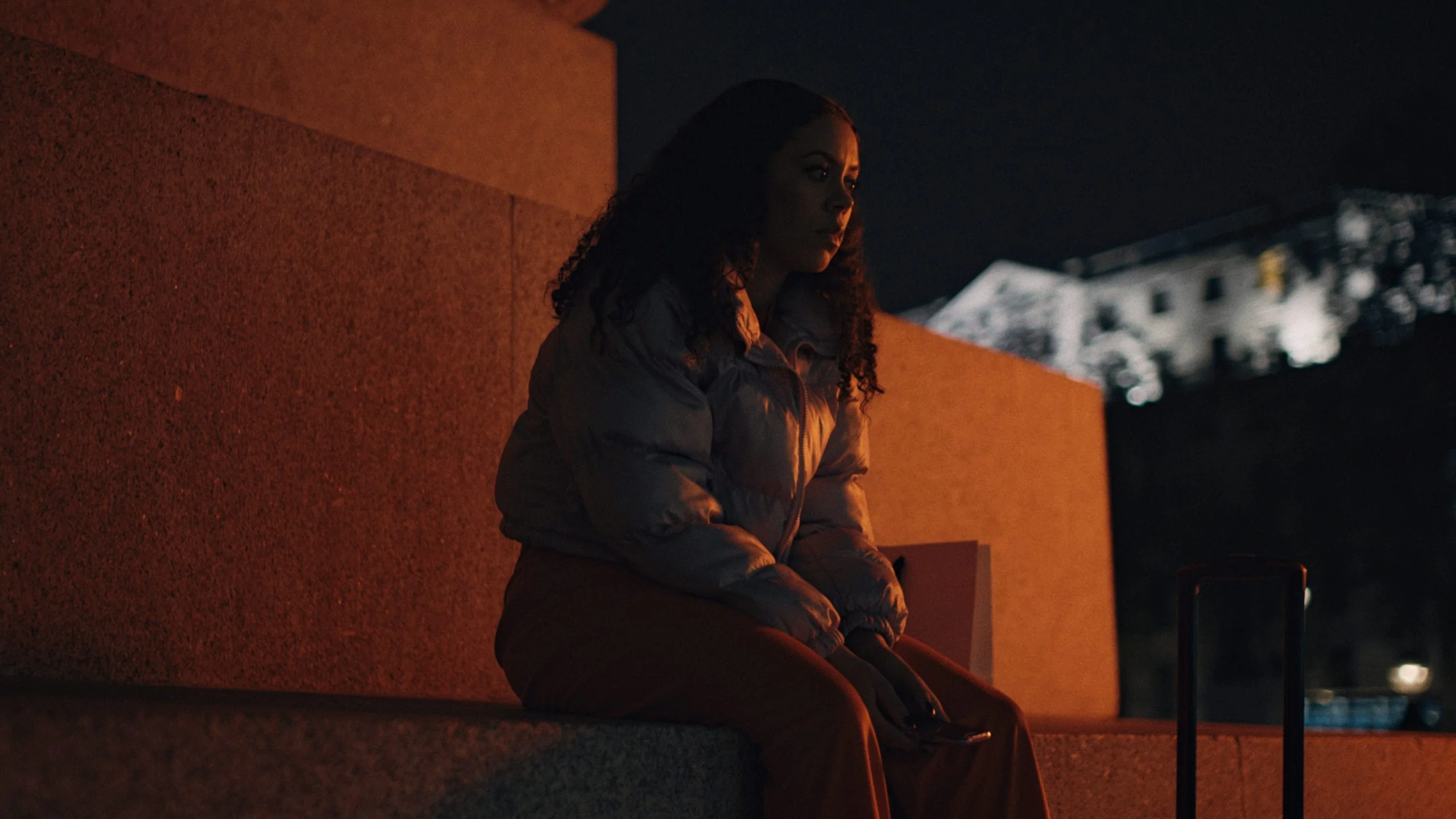
With a short amount of time at the start of the process, Tomkins used the camera tests to make a show LUT.
He adds: “It was close enough to the intent (especially compared to say a manufacturer Rec709 look) that it still helped us have some continuity from set through to dailies and offline to make the process as iterative and gentle as possible while honing in the look later, avoiding any surprises when it came to the grade and exec reviews.”
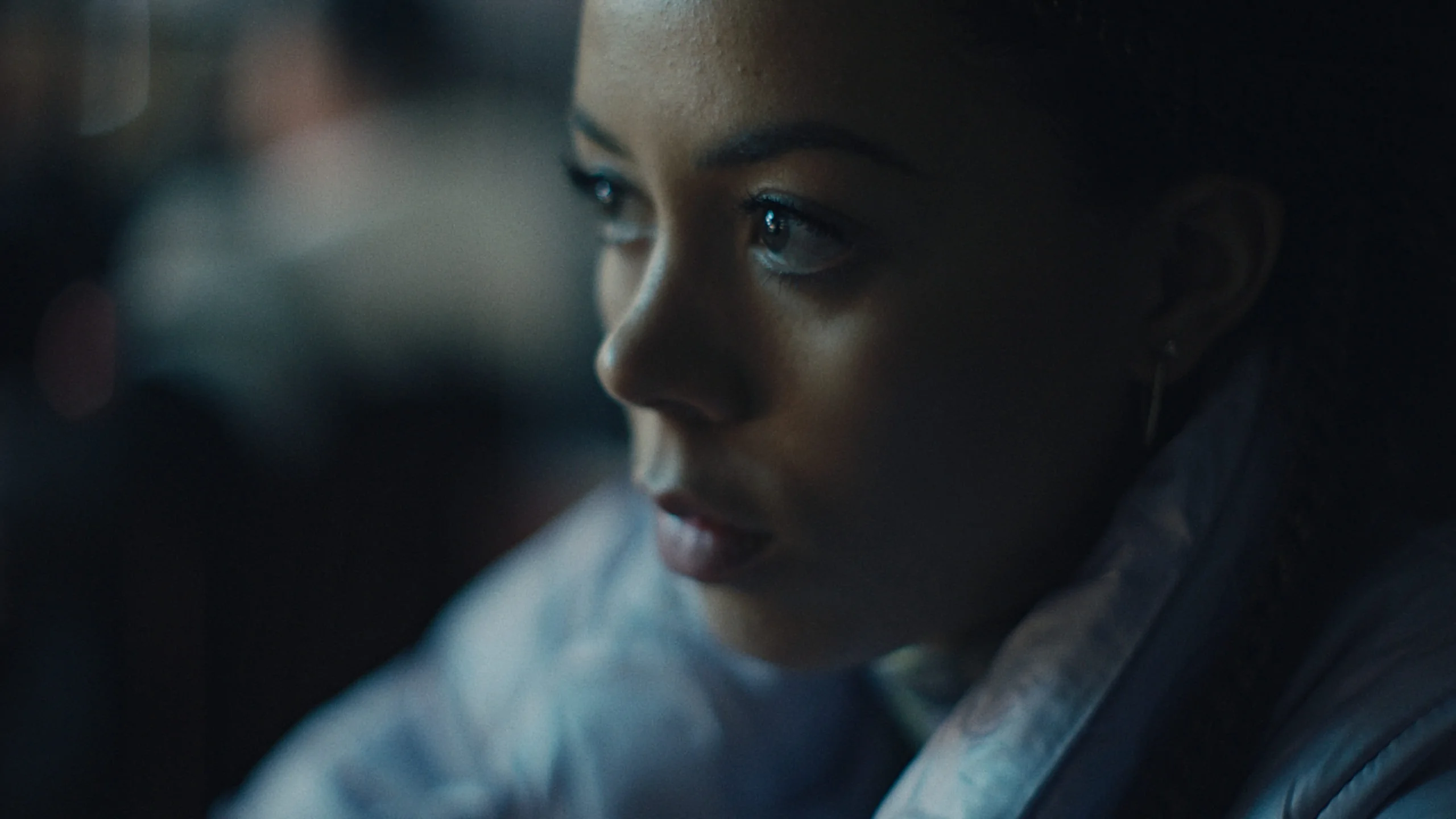
Unusually, the finish was originally SDR before being changed to HDR, which meant Tomkins had to build the bones of the look in SDR and then gently expand the highlights and colour out for the HDR version. The show was finished on DaVinci Resolve Studio at 1000 nits on a Flanders Scientific XM311K with a dual Xeon powered triple-GPU Supermicro Linux workstation from Jigsaw24 that chewed through the Arri LF material with ease.
Grading was mostly done on-site with some remote work needed due to Covid and execs attending reviews remotely. Cheat’s tried and tested system performed well and made it very efficient to have a hybrid workflow that was trusted.
Tomkins adds: “We take the colour accuracy side of our remote viewing very seriously and it was great to hear that everyone found the remote iPads lined up with the grading suite well.”
You can watch Mood on BBC iPlayer.
